Who are the Everest sherpas and what do they do? We look at the often unsung heroes behind some of the world's most famous mountaineers
People who live in the Nepalese mountains have been guiding foreign climbers up the world's tallest mountain since the 1920s. We take a closer look at their vital role in these high-risk expeditions
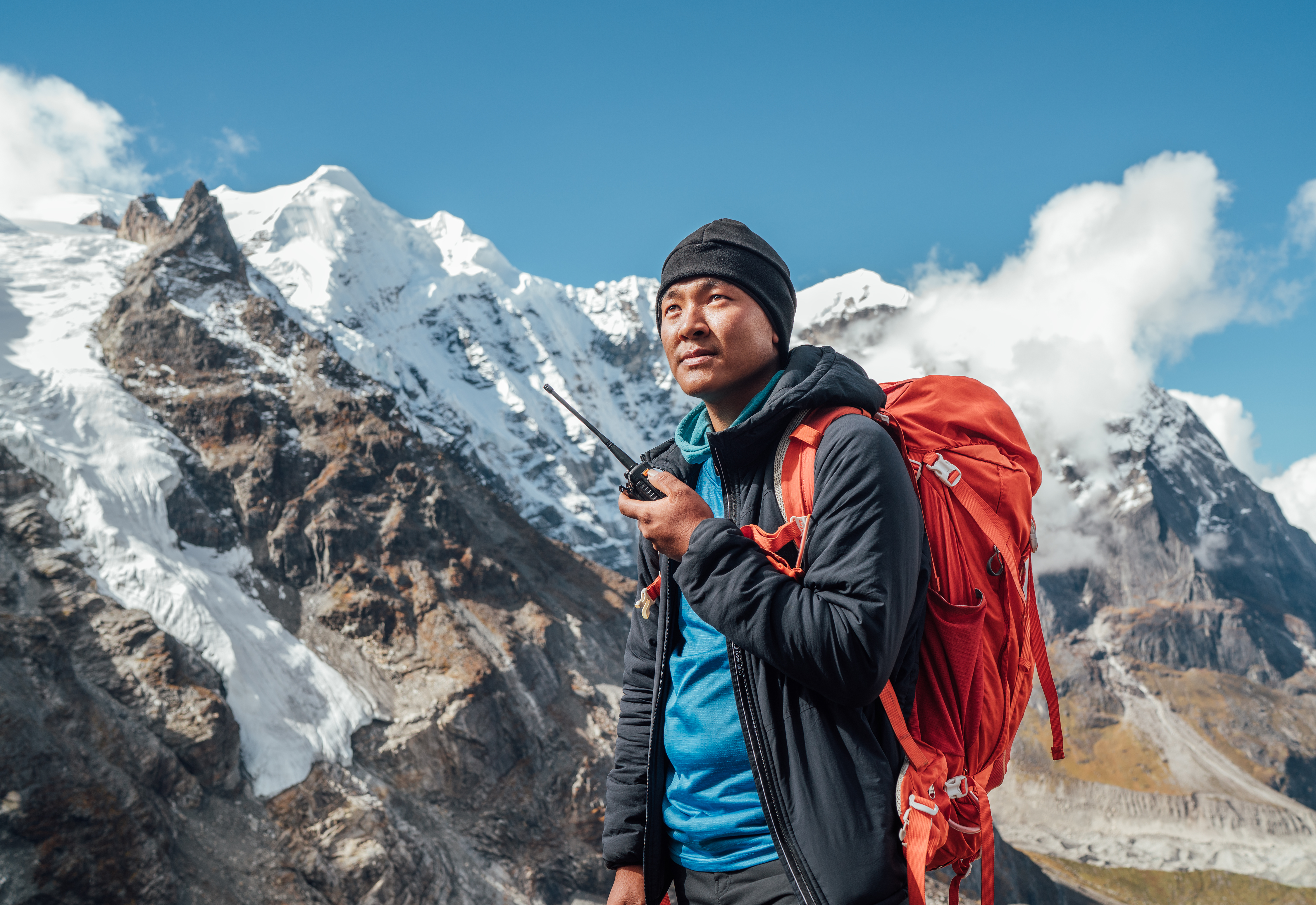
Every year, hundreds of climbers attempt to summit Mount Everest. It's a feat seen by many as the ultimate mountaineering challenge but it's high-risk and difficult to complete alone.
While some experienced climbers go solo, the majority use mountain guides called sherpas. These tough local climbers will scout and prepare routes, fix ropes ahead of climbers and carry essential kit, making the ascent as safe and as straightforward as possible.
In the past, these guides, who are exposed to enormous risk and receive salaries that are only a tiny fraction of what climbers pay for Everest expeditions, have often remained faceless. While one-third of those who die on Everest are sherpas, very few are mentioned in Western media.
With new regulation coming into force this year meaning everyone on the mountain must be accompanied by an expert guide, demands on sherpas may grow. And with education and awareness, the importance of these unsung heroes is being recognized and more are achieving worldwide appreciation.
What does sherpa mean?
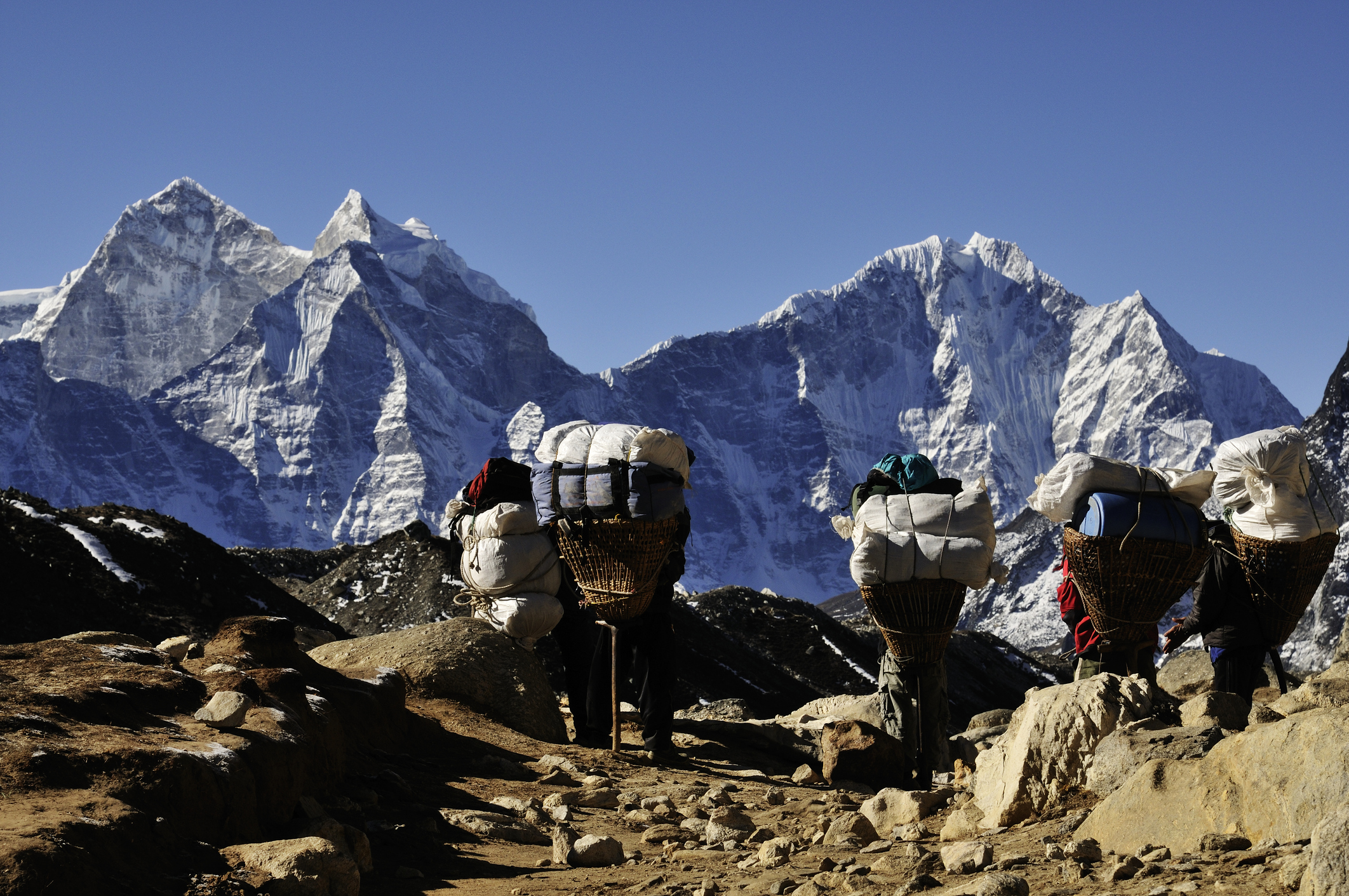
The word 'sherpa' is often used interchangeably with 'mountain porter' or 'mountain guide'. However, 'Sherpa' (with a capital 'S') is actually the name of an ethnic group of mountain dwellers who live in Nepal, central Asia.
Sherpas are of Tibetan descent and speak a language called Sherpa, which is closely related to the main form of Tibetan. Most Sherpas live in Nepal and speak Nepali, too, and often the language of their climbing clients.
The name Sherpa means 'easterner' and makes reference to their origins in Khams, and area in eastern Tibet. These people began to migrate west from the 15th century, trekking up into the Himalayas to establish settlements in the high-altitude terrain.
All the latest inspiration, tips and guides to help you plan your next Advnture!
Today, the word sherpa is used (by Westerners) as a generic term to describe mountain workers from one of many ethnic groups who live in the Himalayan area and are skilled at climbing.
Why are sherpas proficient climbers?
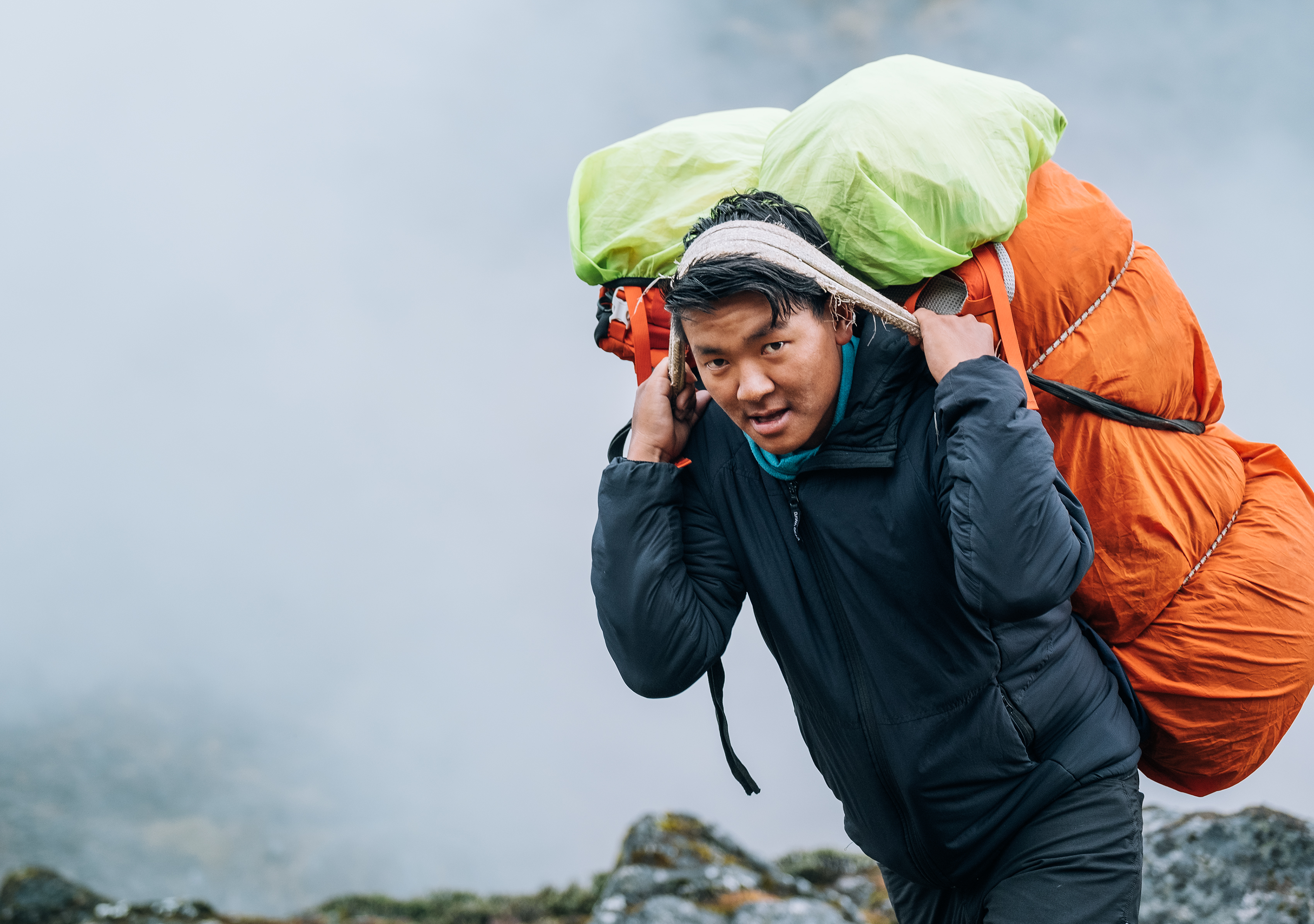
Sherpas living in the Himalayas have a natural aptitude for climbing that comes from two main things: adapted physiology that makes moving at high altitude easier, and a deep knowledge of the landscape and weather conditions.
Researchers have discovered that sherpas' bodies have adapted so oxygen is transported around their system more effectively, and used much more efficiently, than in the general population. People who usually live at low altitudes find it difficult to access oxygen in their blood when they're above 8,000ft (2,400m), and will start to suffer from symptoms such as headaches, low appetite, nausea, dizziness and sleep disturbance. Severe cases of mountain sickness can cause swelling in the brain and fluid in the lungs. Both conditions can quickly become deadly.
When it comes to the landscape, sherpas know from hard-earned experience how to negotiate icefalls and fix ropes. Having climbed sections of the mountain multiple times, they have also learned the best way to ascend and descend tricky sections, and where the best places to camp are. They have great local knowledge about the way changing weather patterns can affect visibility and access on routes.
Famous sherpas
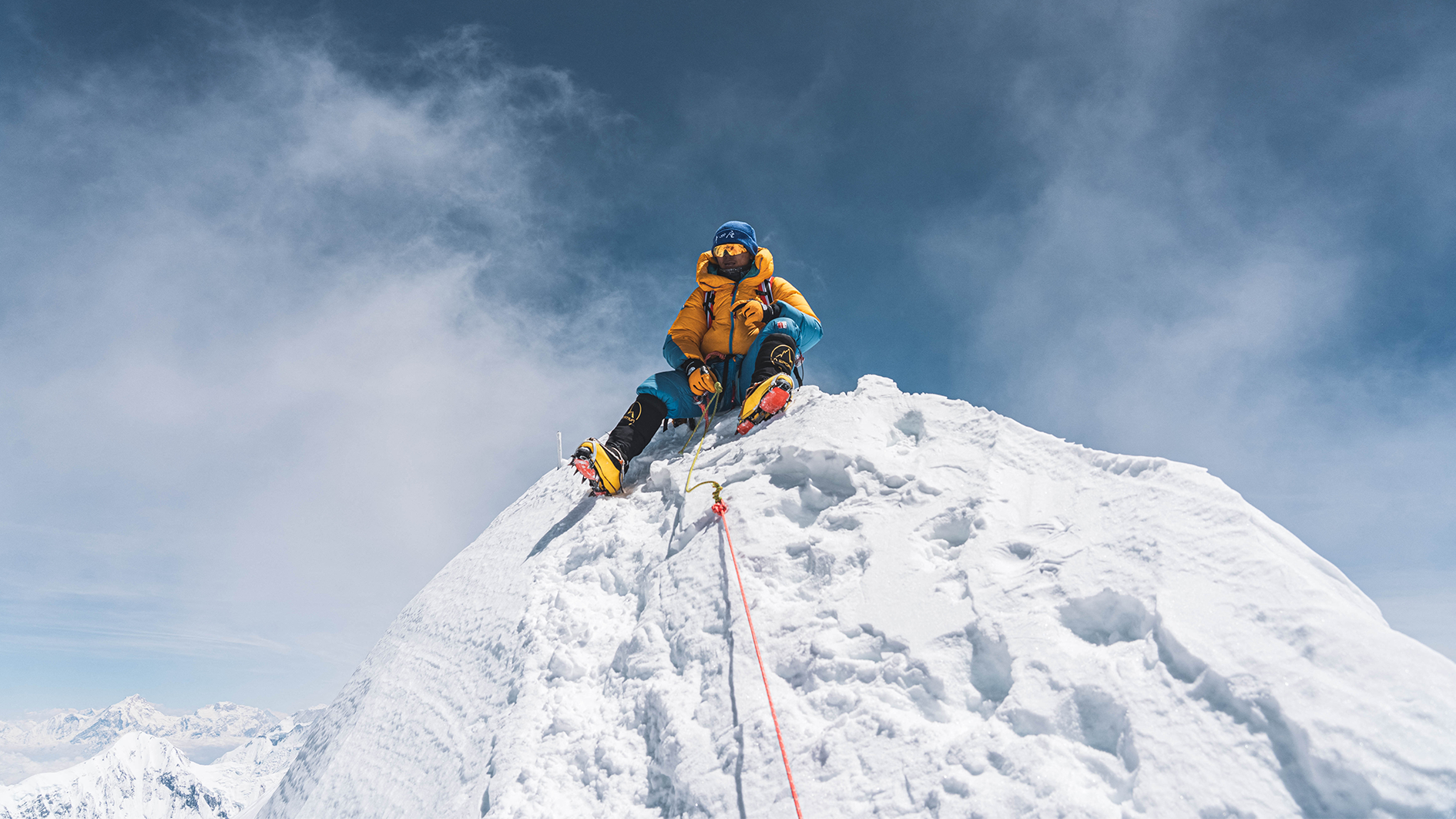
Despite their natural propensity for climbing, Sherpas did not start scaling the world's biggest peaks until the 20th century. They viewed them as places to revere and respect – the home of the gods. While today they have accepted mountaineering as a way of life, they still have great respect for the mountains. Before an ascent begins, climbers and sherpas take part in the Puja ceremony, a Tibetan Buddhist ritual conducted by the head Lama to ask the mountain’s permission to climb, and give blessings for safety.
While Western mountaineers used guides for expeditions from the 1920s, it wasn't until Edmund Hillary and sherpa Tenzing Norgay successfully summited Mount Everest in 1953 that the role of the sherpa shot into the limelight.
Tenzing Norgay (1914-1986)
New Zealand mountaineer Edmund Hillary and sherpa Tenzing Norgay completed the first confirmed summit of Everest on May 29, 1953. Norgay was Nepali-Indian and has become known as the hero of Everest and the most famous sherpa of all time.
Not much is known about his early years, but at age 19 he completed his first expedition as a porter. In 1935 he accompanied English mountaineer Eric Shipton’s reconnaissance expedition of Everest. He was attached to many more expeditions in the following years.
Following his summit with Hilary, he was awarded the George Medal by the British government along with the Nepal Tara (Star of Nepal) and the Padma Bhushan from India. He died in 1986.
Apa Sherpa (1960-present)
This Nepali mountaineer and guide set a record for most ascents of Mount Everest (21) in 2011. It was surpassed by Kami Rita (below) in 2024. He started working on Everest expeditions in 1988 and first summited during a trip with Peter Hillary, son of Edmund Hillary.
Kami Rita (1970-present)
Kami Rita is a Nepali guide who holds record for most ascents to the summit of Mount Everest. On May 22, 2024 he scaled the mountain for the 30th time.
Lhakpa Sherpa (1973-present)
Lhakpa Sherpa holds the title of most Everest summits by a woman, which stands at 10. Besides scaling the mountain more than any other woman in history, in 2000 she was the first Nepali woman ever to reach the summit. She’s the subject of Netflix documentary, Mountain Queen: The Summits of Lhakpa Sherpa.
Nima Rinji Sherpa (2006-present)
At just 18, record-breaking Nima Rinji Sherpa became the youngest person to summit all 14 of the planet's 8,000m peaks. He broke the record of his uncle, Mingma Gyabu Sherpa, who held it for completing the challenge at the age of 30.
What is the role of a sherpa?
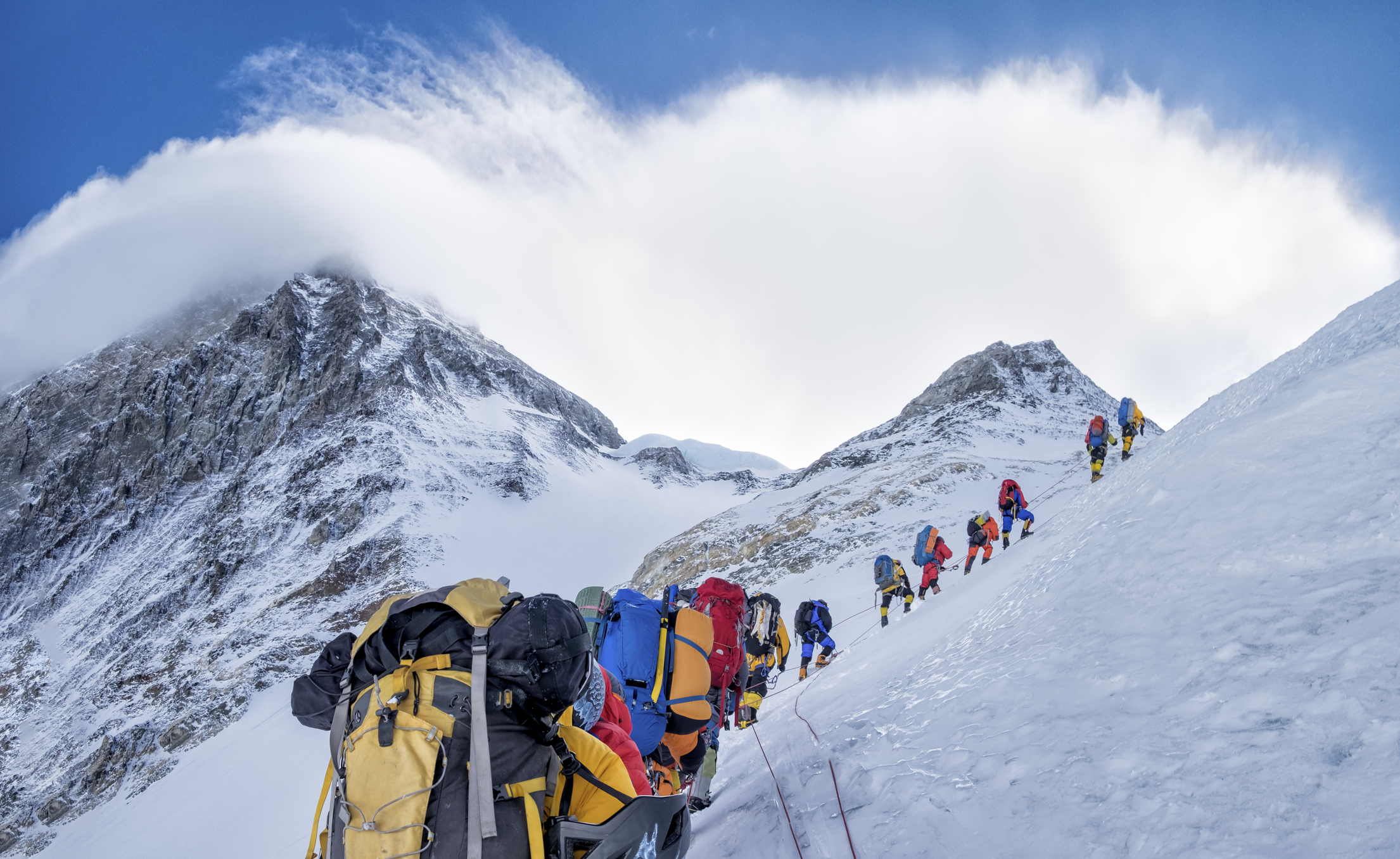
Foreign mountaineers chose sherpas for a number of reasons, but ultimately they rely on them to make give their Everest expedition the biggest chance of success possible.
Sherpas have developed strong mountaineering skills. They are physically strong and naturally adapted to trekking at high altitudes, so can carry camp kit at a fast pace ahead of clients. They have a deep knowledge of the Himalayas and know the best routes through high mountain passes.
When it comes to safety, sherpas are highly respected for their ability to keep calm when others around them are struggling physically and mentally. On countless occasions they have gone the extra mile, searching for climbers who have gone off course and rescuing those in danger. With clear heads they can make critical decisions in crisis moments.
Mountaineering roles
- Climbing guides: Sherpas lead climbers up the world's tallest mountains, finding the safest routes and helping climbers use gear.
- Fixers: They carry out the high-risk jobs of setting up ropes and ladders to help foreign climbers cross treacherous parts of the route.
- Porters: Sherpas often work as porters, using their extreme fitness to carry heavy gear, supplies and oxygen. They will usually set up camp for climbers at the end of the day so they can get a good rest, and prepare food for them.
- Search and rescue: Sherpas play a crucial role in search and rescue missions, often acting as first responders.
Other roles
Following increasing global recognition for their skills and knowledge, plus improved access to education, sherpas are more frequently taking on roles such as mountaineering instructors and environmental experts. They have also been able to set up their own businesses – tour companies and hospitality outlets.
The ethical debate
In September 2014, an avalanche in the dangerous Khumbu Icefall killed 16 sherpas. It was the deadliest single loss of life during an Everest expedition, and subsequent expeditions were cancelled for the season. The disaster sparked greater debate on the working conditions of sherpas, who have to repeatedly climb up and down through the most dangerous parts of the lower route to transport gear and supplies to the higher camps to make progress easier for visiting climbers.
The aftermath of the disaster – when tensions between sherpas who had just lost friends and colleagues and Western climbing companies who were making huge amounts of money from wealthy clients (many of whom wanted to continue climbing) boiled over – is shown in extraordinary and shocking real footage in the brilliant film Sherpa, directed by Australian filmmaker Jennifer Peedom (a must-watch movie for anyone interested in the culture of climbing in the Himalayas).
While certified sherpas can earn between $4,000 and $10,000 per climb, each expedition can take up to two months. The wage is high compared to that of the average Nepali, but just a fraction of the price tour operators charge foreign mountaineers, which can reach $76,600. Prices are set to rise too, as a 36% increase in price of permits for the popular South Col route will come into force from September 2025.
There is often little financial compensation offered to families of sherpas who lose their lives on the mountain, while tour operators still profit from expeditions that go wrong.
When it comes to recognition, sherpas have historically been the invisible heroes. While being labelled as 'support' they often do the hardest graft – guiding, carrying and taking the greatest risk scouting and securing safe routes for their clients who often take the international glory when they summit.
Today, the role of the sherpa is becoming more recognized and with that has come an increase in respect and understanding of their social circumstances and what they risk with every expedition.
Sherpas in the media
More recently sherpas have become the subject of documentaries and books that have gained critical acclaim:
- Mountain Queen: The Summits of Lhakpa Sherpa (2023)
This Netflix documentary follows the only woman to have climbed Everest 10 times. - The Wall of Shadows (2020)
Documentary about a sherpa family who risk a lot to take part in an expedition to holy mountain Kumbhakarna to earn money for their son's school. - Sherpa (2015)
Documentary from an Australian director that tells the story of Himalayan guides who risk everything to support climbers on Everest. - Everest (2015)
A film depicting the 1996 disaster on Everest, including the experiences of sherpas.
The future for sherpas
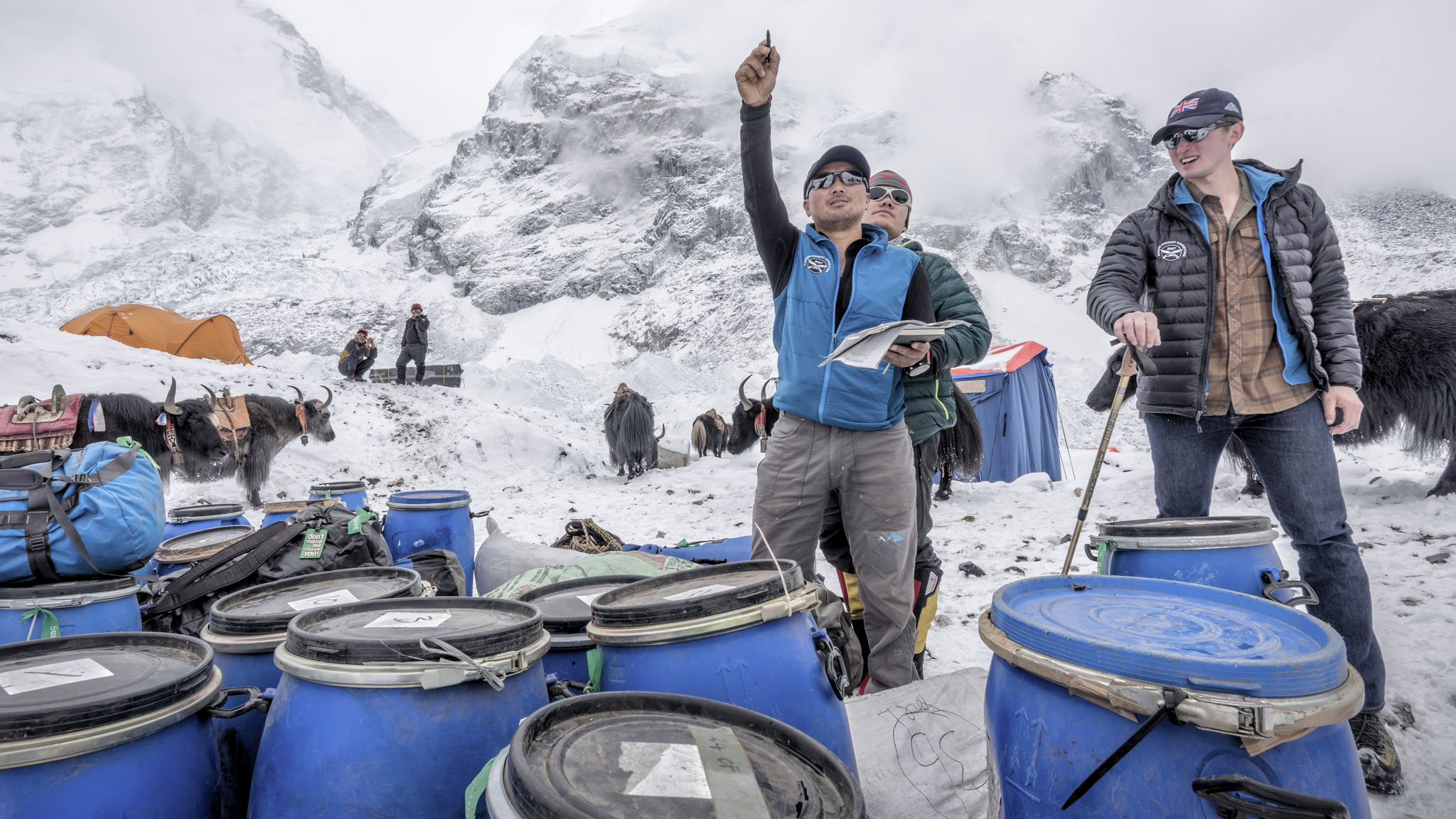
An increase in tourism in the Himalayan area means there's more demand for experienced mountain guides and more job opportunities in hospitality and logistics. The government is regulating the industry and there are more calls for improved wages, insurance and working conditions.
Sherpas are now seizing opportunity to start their own businesses, establishing guiding companies, gear shops or guest houses and cafes along popular trekking routes. This means more of the tourism revenue can stay in the local economy.
However, climate change is severely affecting the way of life of the sherpa. Rising temperatures causing melting ice is leading to unstable ground and larger and more frequent avalanches. Snow bridges and ice ledges are more likely to collapse. Melting glaciers are putting more pressure on natural infrastructure leading to flash flooding. Dwindling water resources are impacting agriculture and animal herding – traditional livelihoods that supplement the sherpa climbing income.
Technology is also having an impact. While advancements such as drones and improved communication systems reduce risk and are improving efficiency, they could also take away opportunity and jobs.
For now though, the appeal of summiting Everest seems more popular than ever and with our increasing respect for sherpas and awareness of their role our view of them as essential partners rather than support staff can only improve.
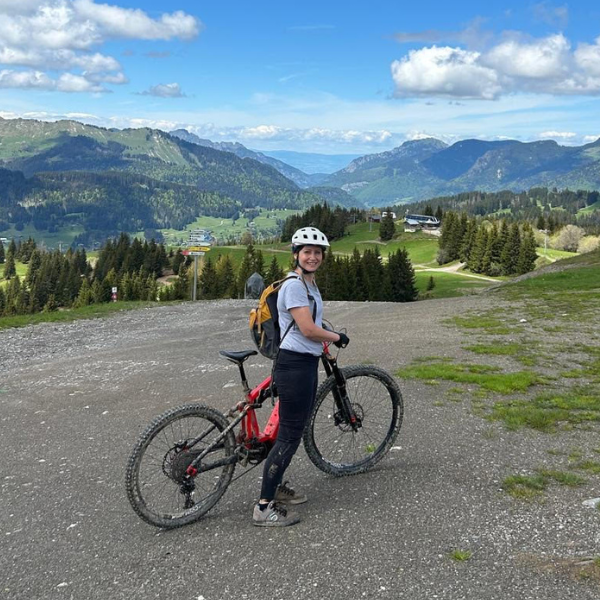
Charlie is a freelance writer and editor with a passion for hiking, biking, wild swimming and active travel. She recently moved from Bristol to South Wales and now refuses to leave her front door without one of the following: lightweight hikers, wetsuit, mountain bike, tent. Having bought a fixer-upper home that backs on to protected woodland, her love of nature and wildlife has intensified and the dark skies have kickstarted a new fondness for stargazing.
